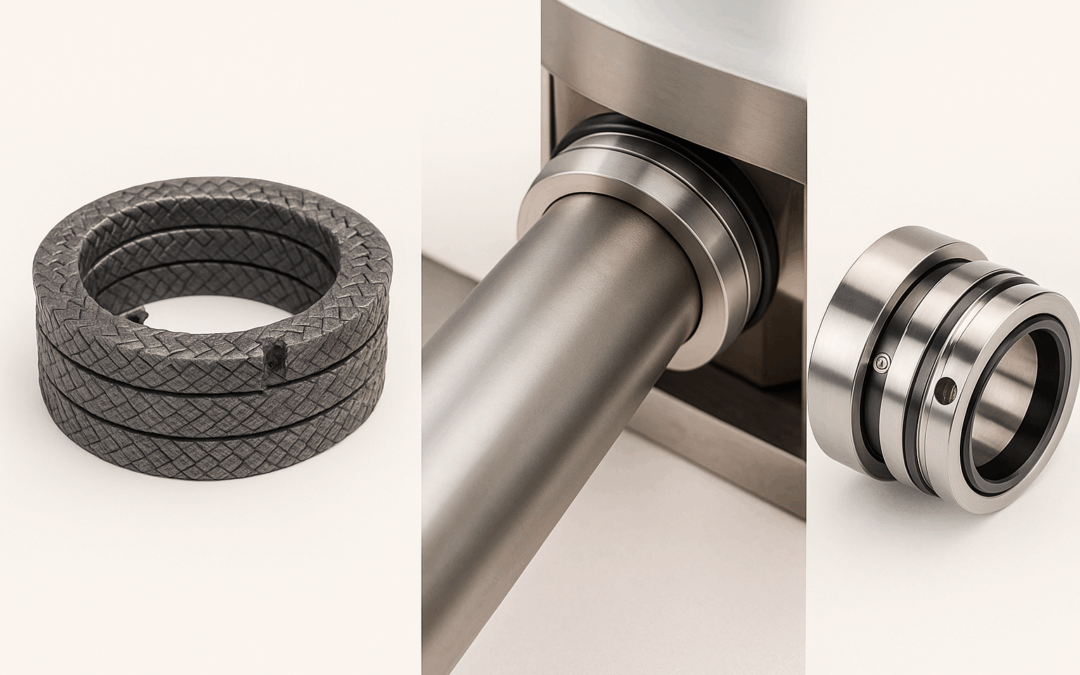In recent time, VR and AR have become far-reaching technologies in engineering industry. They are gaining substantial attention in engineering manufacturing because their wide range of practical applications and enormous potential benefits. As part of Computer Aided Design (CAD) and Computer Aided Manufacturing (CAM), VR and AR now make it possible for engineers to undertake a virtual visualization of the manufacturing process. These allow engineers and manufacturers to leverage on the power of virtual visualization to carry out an accurate analysis of potential clashes long before they can occur. Here are 4 applications of VR and AR used today in engineering manufacturing.
1. Simplifying Complex Assembly
Engineers and manufacturers use VR and AR extensively in manufacturing assembly. Boeing, popular as the world’s first-ranked commercial aircraft maker, leverages on the power of AR by using Skylight software to alleviate the wiring process of its 787-8 plane (AKA Dreamliner). AR replaces static work instruction documents with AR glasses to help simplify complex assembly procedures for engineers and manufacturers. The use of AR solutions make it possible for assembly engineers to remain functional during the assembly process by providing them with instant direction, voice instructions, and an environmental tracking interface.
2. Facilitating Maintenance Processes
Besides assisting with the complex assembly process of manufactured products, VR and AR are being exploited in the maintenance of manufacturing equipment. Using a maintenance manual to confirm maintenance target can be very time consuming and tiring, but with the help of VR and AR, manufacturers can easily confirm the order of inspection and enter inspection results with their voice. This is why many manufacturers think of VR and AR as the most useful maintenance-support technology in a manufacturing environment. They have gain popularity among manufacturing and engineering companies as the most effective tools to alleviate maintenance processes.
3. Providing Expert Support From Anywhere
For very distributed manufacturing operations, there can be more than enough inspectors and technicians. But experts are always not enough, most especially when things don’t go according to plan. In those instance, you usually need the physical presence of your experts to help you out with situation. But with the use of AR, you can provide a ‘’see-what-I-see’ kind of ‘’telepresence’’ where the expert can look through the eyes of the technician who is in charge of the maintenance from anywhere. That make it become possible for experts to examine and point out particular features of interest in what the technician is seeing. That presents an opportunity for experts to offer support and perform inspections without being physical present at the worksite.
4. Enhancing Quality Control & Assurance Processes
Some industrial manufacturing companies today are exploring the possibilities afforded by VR and AR for quality control and assurance. AR helps ease the quality control processes. Quality assurance (QA) is known to offer plenty potential applications for AR. The fundamental idea here is that quality control engineers can take images of parts or assemblies on vehicle under inspection and compare them with those offered by the company’s suppliers via AR overlay. This will help highlight features that are out of specification to allow engineers to identify the issue quickly and instinctively. That makes it possible and easier for engineers to examine parameters including dimensional accuracy, tolerances, the surface finish, and interference for better gauging of various component conditions.
VR and AR are making their mark on the engineering manufacturing industry and have even more potential to make remarkable impacts across various fields of engineering. In the last few year, some engineering manufacturing companies have been seen exploring their practical applications and enormous potential benefits for manufacturing. Engineers also use them extensively to generate concrete information relating to design, component parts, and machinery for saving more time and expenses.




